Medellin, the capital of the Antioquia department, is Colombia's second largest city with a population of more than 2,5 million. This city with a violent past has transformed lately and is looking forward to a brighter future. So what to do in Medellin? I hope you will enjoy a stroll in the centre of Medellin to admire the statues of world-famous Botero and visit Comuna 13, Comuna 1 and Arvi Park. So here is my plan on how to spend your one jam-packed day in Medellin. If you want to have long visits to museums and hike the Arvi Park, it will be two days for you. But let me start with a bit of background info about the city.![103 medellin colombia thesanetravel.com P1900658]()
Past and present of Medellin
It’s not a secret that Medellin had difficult times especially in the eighties and nineties of the 20th century and early 21st century, especially while it was the centre of the Pablo Escobar Drug Empire. It left a trace not only in the city but in the country, that won’t be forgotten. Thousands of civilians were murdered by the Medellin cartel and rival drug groups, and in 1988, Medellin was named the most dangerous city in the world by Time Magazine. Another thing influencing the life and history of Medellin and Colombia was more than 50 years of civil wars. In 2016, the Colombian government and the Revolutionary Armed Forces of Colombia signed a peace agreement, beginning a new era in the history of the country. It allowed Medellin to welcome over half a million travellers in 2018. In the last decades, Medellín focused its transformation efforts on mobility throughout the city. At the very end of the 20th century, it introduced the first and the only metro system operating in Colombia. Some years later, metro cables were integrated with metro trains and reached poor neighbourhoods located high up in the hillsides.
So let’s begin our tour. I recommend starting your morning with a tour to Comuna 13.
Morning
Tour of Comuna 13
You have two options to take a guided tour and if you choose this option, I would advise you to book it on the Internet in advance. As I was not very happy with my guide and everything is quite straightforward, I would have done my own tour instead if I had known better. In both cases, you have to take a metro to San Javier station and then take a short taxi ride or bus number 225i or 228i to Escaleras Electricas. ![67 medellin colombia thesanetravel.com P1900461]()
![68 medellin colombia thesanetravel.com P1900466]() Then follow your way uphill until you reach the escalators that will bring you up.
Then follow your way uphill until you reach the escalators that will bring you up. ![69 medellin colombia thesanetravel.com P1900486]()
![70 medellin colombia thesanetravel.com P1900491]()
![72 medellin colombia thesanetravel.com P1900496]() Take your time and make stops along your way to admire street art and performances of breakdance artists, and take a look at painter’s studios.
Take your time and make stops along your way to admire street art and performances of breakdance artists, and take a look at painter’s studios. ![73 medellin colombia thesanetravel.com P1900512]()
![74 medellin colombia thesanetravel.com P1900535]()
![75 medellin colombia thesanetravel.com P1900539]()
![84 medellin colombia thesanetravel.com P1900565]()
![86 medellin colombia thesanetravel.com P1900578]()
![87 medellin colombia thesanetravel.com P1900581]()
![88 medellin colombia thesanetravel.com P1900582]()
![92 medellin colombia thesanetravel.com P1900605]()
![94 medellin colombia thesanetravel.com P1900614]()
![96 medellin colombia thesanetravel.com P1900621]()
![98 medellin colombia thesanetravel.com P1900644]()
![102 medellin colombia thesanetravel.com P1900656]() For decades, Commune 13 was the place for hiring assassins, drug trafficking, crimes against humanity and enforced disappearances of people. Once one of the most violent neighbourhoods of the city, it has undergone an architectural change to help social mobility. The electrical stairs of Comuna 13 are the first public and free ones in the country. The diversity of art has turned 'the thirteen' into an impressive tourist attraction thanks to street art, dancing, singing, and handicrafts. To me, it seemed even a bit over touristy. After your visit, get back to the San Javier station and take a ride to Parque Berrio station.
For decades, Commune 13 was the place for hiring assassins, drug trafficking, crimes against humanity and enforced disappearances of people. Once one of the most violent neighbourhoods of the city, it has undergone an architectural change to help social mobility. The electrical stairs of Comuna 13 are the first public and free ones in the country. The diversity of art has turned 'the thirteen' into an impressive tourist attraction thanks to street art, dancing, singing, and handicrafts. To me, it seemed even a bit over touristy. After your visit, get back to the San Javier station and take a ride to Parque Berrio station.
Noon
Note. As I visited this area twice some pictures are taken in the evening, not at noon.
The first thing to know is that there are many eateries in Parque Berrio station area so make your choice to keep your energy levels high enough for the rest of the trip.
When getting out of the metro station you will see 32 large format photos of Colombian faces displayed on the columns of the Metro at the base of the Parque Berrio station. Identities is the name of the exhibition of photojournalist Julio Cesar Herrera.![52 medellin colombia thesanetravel.com P1900790]()
![65 medellin colombia thesanetravel.com P1900382]()
![66 medellin colombia thesanetravel.com P1900708]()
Parque Berrio
Let’s continue our exploration from Parque Berrio side of the metro line by glancing at the impressive murals of Pedro Nel Gomez (1899-1984), one of the most prominent visual artists of the 20th century in the city. His murals reflect and depict historical times of the country, including indigenous tribes and Antioquia’s traditions and the everyday life of workers.![54 medellin colombia thesanetravel.com P1900362]() The Parque Berrio is named after Pedro Justo Berrío, a Colombian lawyer, soldier, and politician. He was the governor of Antioquia state in the late 19th century, with the capital in Medellin, which later became Antioquia department of Colombia. Several places in Antioquia are named after him.
The Parque Berrio is named after Pedro Justo Berrío, a Colombian lawyer, soldier, and politician. He was the governor of Antioquia state in the late 19th century, with the capital in Medellin, which later became Antioquia department of Colombia. Several places in Antioquia are named after him. ![62 medellin colombia thesanetravel.com P1900366]() Pay a visit to Iglesia de La Candelaria (Basilica of Our Lady of Candelaria) in the park. It is considered the oldest church in Medellín. The first version of the church was built of wood in the middle of the 17th century. The church was dedicated to Our Lady of Candelaria, which was an invocation of devotion to the Spanish and the sailors who crossed the Atlantic to the New World. The historical church is declared a National Monument of Colombia.
Pay a visit to Iglesia de La Candelaria (Basilica of Our Lady of Candelaria) in the park. It is considered the oldest church in Medellín. The first version of the church was built of wood in the middle of the 17th century. The church was dedicated to Our Lady of Candelaria, which was an invocation of devotion to the Spanish and the sailors who crossed the Atlantic to the New World. The historical church is declared a National Monument of Colombia.![61 medellin colombia thesanetravel.com P1900365]() While visiting this area, don’t miss out on seeing the 18 metre high bronze and concrete sculpture Challenge "El Desafío" by Rodrigo Arenas Betancourt. Rodrigo Arenas Betancourt (1919 - 1995) was one of the most important sculptors in Colombia. Most of the main cities in Colombia have statues sculpted by Arenas.
While visiting this area, don’t miss out on seeing the 18 metre high bronze and concrete sculpture Challenge "El Desafío" by Rodrigo Arenas Betancourt. Rodrigo Arenas Betancourt (1919 - 1995) was one of the most important sculptors in Colombia. Most of the main cities in Colombia have statues sculpted by Arenas. ![63 medellin colombia thesanetravel.com P1900378]() In the southwest corner of the park, see Botero’s "Female Torso" located in front of the Bank of the Republic. Locals have nicknamed it La Gorda (Fat Woman).
In the southwest corner of the park, see Botero’s "Female Torso" located in front of the Bank of the Republic. Locals have nicknamed it La Gorda (Fat Woman). ![108 medellin colombia thesanetravel.com P1900706]() Then go to the other side of the metro line to Plaza Botero.
Then go to the other side of the metro line to Plaza Botero.
Plaza Botero
Plaza Botero is one of the top tourist attractions in Medellín. Located in front of Museo de Antioquia, it has a display of 23 abstract bronze sculptures of Botero. Fernando Botero Angulo (1932) is a world-known Colombian figurative artist and sculptor. Born in Medellín, his style known as "Boterismo" and depicts people and figures in large, exaggerated volume. He is considered to be the most recognized living artist from Latin America. To construct Botero Plaza where to display his donated statues, an entire block of buildings was demolished. The inauguration of Plaza took place in 2001. Bronze statues at the Plaza include chubby women and men, a cat, a dog, Adam and Eve, and many others. ![111 medellin colombia thesanetravel.com P1900719]()
![113 medellin colombia thesanetravel.com P1900728]()
![114 medellin colombia thesanetravel.com P1900734]()
![115 medellin colombia thesanetravel.com P1900735]()
![116 medellin colombia thesanetravel.com P1900743]()
![117 medellin colombia thesanetravel.com P1900744]()
![120 medellin colombia thesanetravel.com P1900755]() Museo de Antioquia, located on the square, is the most popular museum in Medellín. The museum has 100 pieces of artwork donated by Fernando Botero. There are also displays of pre-Colombian, colonial and modern art collections. In Botero Square, you will immediately notice the Rafael Uribe Uribe Palace of Culture. Built in the early 20th century by Belgian architect Agustín Goovaerts and inspired by art nouveau architecture, the palace is a national monument. The ironwork dome on top of the building was imported from Belgium in 1928. It houses a historical and photographic archive of the city, a library, a music library, an art gallery and a Rafael Uribe Uribe museum room, a cafe, and a culture shop.
Museo de Antioquia, located on the square, is the most popular museum in Medellín. The museum has 100 pieces of artwork donated by Fernando Botero. There are also displays of pre-Colombian, colonial and modern art collections. In Botero Square, you will immediately notice the Rafael Uribe Uribe Palace of Culture. Built in the early 20th century by Belgian architect Agustín Goovaerts and inspired by art nouveau architecture, the palace is a national monument. The ironwork dome on top of the building was imported from Belgium in 1928. It houses a historical and photographic archive of the city, a library, a music library, an art gallery and a Rafael Uribe Uribe museum room, a cafe, and a culture shop. ![110 medellin colombia thesanetravel.com P1900710]()
![110 medellin colombia thesanetravel.com P1900750]() If you continue your way while admiring the works of Botero in the square and keep walking on Avenida Carabobo, you will soon notice the white Veracruz Church building.
If you continue your way while admiring the works of Botero in the square and keep walking on Avenida Carabobo, you will soon notice the white Veracruz Church building. ![122 medellin colombia thesanetravel.com P1900767]()
![123 medellin colombia thesanetravel.com P1900780]() Iglesia de la Veracruz dates back originally to the end of the 17th century. The new church building was finished in the early 19th century. Iglesia de la Veracruz is declared cultural heritage of Colombia.
Iglesia de la Veracruz dates back originally to the end of the 17th century. The new church building was finished in the early 19th century. Iglesia de la Veracruz is declared cultural heritage of Colombia. ![124 medellin colombia thesanetravel.com P1900775]() Then head back to the metro station and take a ride to Acevedo station.
Then head back to the metro station and take a ride to Acevedo station.
Late afternoon
Tour of Comuna 1
Take Medellin Metrocable for a cable car ride from Acevedo station to Santo Domingo station. ![14 medellin colombia thesanetravel.com P1890960]() The cable car ride is an attraction of its own and presents a great contrasting view of the Comuna 1 neighbourhoods beneath and the city center from afar.
The cable car ride is an attraction of its own and presents a great contrasting view of the Comuna 1 neighbourhoods beneath and the city center from afar. ![16 medellin colombia thesanetravel.com P1890965]()
![17 medellin colombia thesanetravel.com P1890969]()
![18 medellin colombia thesanetravel.com P1890970]()
![19 medellin colombia thesanetravel.com P1890974]() The district, especially the Santo Domingo Salvo neighborhood, has been known as one of the city’s most dangerous places. People used to hide in their houses after 5 p.m. Great changes have been made and friendly residents abound. Still, up to this day, all the neighbourhoods in this district are Estrato 1 or 2 on a scale of 6, meaning poorest on this socioeconomic scale. There are several street vendors selling local snacks and some eateries for meals. Be informed that shops with bars maybe not be closed but open, like the liquor store in the picture.
The district, especially the Santo Domingo Salvo neighborhood, has been known as one of the city’s most dangerous places. People used to hide in their houses after 5 p.m. Great changes have been made and friendly residents abound. Still, up to this day, all the neighbourhoods in this district are Estrato 1 or 2 on a scale of 6, meaning poorest on this socioeconomic scale. There are several street vendors selling local snacks and some eateries for meals. Be informed that shops with bars maybe not be closed but open, like the liquor store in the picture. ![44 medellin colombia thesanetravel.com P1900086]() Food prices are affordable and I loved the chicken dish I had in Frity Combos eatery.
Food prices are affordable and I loved the chicken dish I had in Frity Combos eatery.![26 medellin colombia thesanetravel.com P1900036]()
![27 medellin colombia thesanetravel.com P1900093]() A stroll in the neighbourhood of Santo Domingo Savio makes for great street photography. The locals are friendly and easily allow taking their photos.
A stroll in the neighbourhood of Santo Domingo Savio makes for great street photography. The locals are friendly and easily allow taking their photos. ![33 medellin colombia thesanetravel.com P1900094]()
![34 medellin colombia thesanetravel.com P1900043]()
![43 medellin colombia thesanetravel.com P1900079]()
![45 medellin colombia thesanetravel.com P1900088]() For art lovers, don’t miss the wall murals.
For art lovers, don’t miss the wall murals.![40 medellin colombia thesanetravel.com P1900073]()
![41 medellin colombia thesanetravel.com P1900074]() Notice the sad list of victims of the past on the wall.
Notice the sad list of victims of the past on the wall. ![42 medellin colombia thesanetravel.com P1900075]() And be sure to soak in the views of the city below you.
And be sure to soak in the views of the city below you.
Arvi Park
Continue on to Arví Park (Parque Arvi), the final stop on Metrocable by Line L from Santo Domingo Savio station. ![21 medellin colombia thesanetravel.com P1900015]()
![22 medellin colombia thesanetravel.com P1900012]() The spectacular 15 minute ride to the ecological park in Santa Elena offers expansive views of woodland stretching over the mountains. Parque Arví (Arví Park) is one of the most popular tourist attractions in the rural area of Medellín. This is a huge park that covers 16,000 hectares (39,500 acres) of forest, plants, and ecosystems. The length of the walking trails in the park is 54 kilometres (33 miles). There are seven well-marked paths through forests and mountain lakes. Visitors can enjoy cycling and horseback riding. Once you arrive at the park entrance, you are greeted by a member of staff providing you with the information you need.
The spectacular 15 minute ride to the ecological park in Santa Elena offers expansive views of woodland stretching over the mountains. Parque Arví (Arví Park) is one of the most popular tourist attractions in the rural area of Medellín. This is a huge park that covers 16,000 hectares (39,500 acres) of forest, plants, and ecosystems. The length of the walking trails in the park is 54 kilometres (33 miles). There are seven well-marked paths through forests and mountain lakes. Visitors can enjoy cycling and horseback riding. Once you arrive at the park entrance, you are greeted by a member of staff providing you with the information you need.![23 medellin colombia thesanetravel.com P1890994]() Even if you are short of time like me and don’t enter the park, it’s worth a ride to experience Metrocable cable cars and the views of the impressive park from above. There’s usually a small farmer’s market near the entrance of Arvi station with great and affordable handmade crafts and local produce.
Even if you are short of time like me and don’t enter the park, it’s worth a ride to experience Metrocable cable cars and the views of the impressive park from above. There’s usually a small farmer’s market near the entrance of Arvi station with great and affordable handmade crafts and local produce.![24 medellin colombia thesanetravel.com P1900001]()
Hours: Tuesday to Sunday: 9:00 am to 6:00 pm; closed on Mondays.
Practical information
It’s easy to get around Medellin because of the great Metro and Metrocable system. ![130 medellin colombia thesanetravel.com P1890949]() Choose your accommodation near one of the stations and you will be fine as long as you avoid the rush hours on the metro, as it could get too crowded.
Choose your accommodation near one of the stations and you will be fine as long as you avoid the rush hours on the metro, as it could get too crowded. ![132 medellin colombia thesanetravel.com P1900130]() You can go to Arvi Park first and then visit Comuna 1 on your way back. Cable car from Santo Domingo to Arvi is not included in the regular metro ticket price, so you have to pay extra for this.
You can go to Arvi Park first and then visit Comuna 1 on your way back. Cable car from Santo Domingo to Arvi is not included in the regular metro ticket price, so you have to pay extra for this.
If you plan to visit Arvi Park on the weekend, make sure you get up there before noon. The park closes when it gets full, regardless of the official opening hours.
Like it? Pin it!![Medellin is Colombia's second largest city with a population of more than 2,5 million. This city with a violent past has transformed lately and has expectations for a brighter future. Enjoy a stroll in the centre of Medellin to admire the statues of world famous Botero and visit Comuna 13, Comuna 1 and Arvi Park. So check my plan on how to spend your one jam-packed day in Medellin. #visitColumbia #visitMedellin #whattodoinMedellin #travelblog #travelphotography]()
What did you think? Have you been to Medellin? Or perhaps you’re thinking of visiting in the near future? Either way, I’d love to hear from you so please add your comments below.
Published by Anita on February 21, 2020
Author: Anita Sane
![Anita 03 18]()
About the author
Anita is a part-time traveller, passionate photographer and a retired career woman from Latvia, travelling mostly solo for more than 15 years. She is a skilled travel planner who plans and executes her travels by herself. Anita wants to show you how to travel the world and open your mind to new experiences. Follow her on Facebook, Instagram, Pinterest, Twitter and Bloglovin.
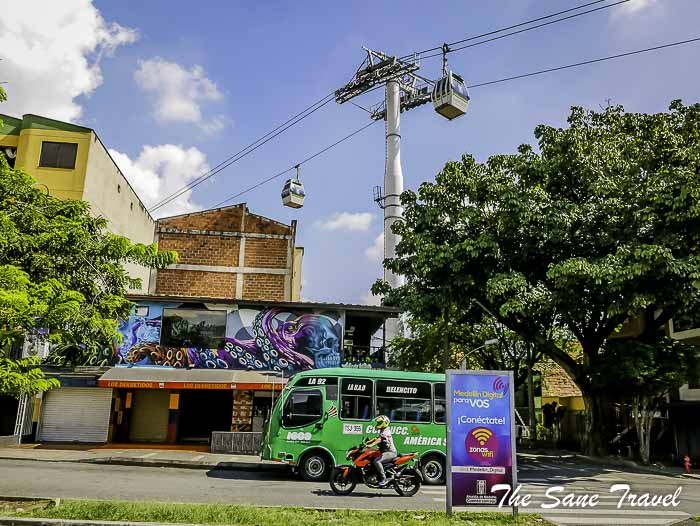
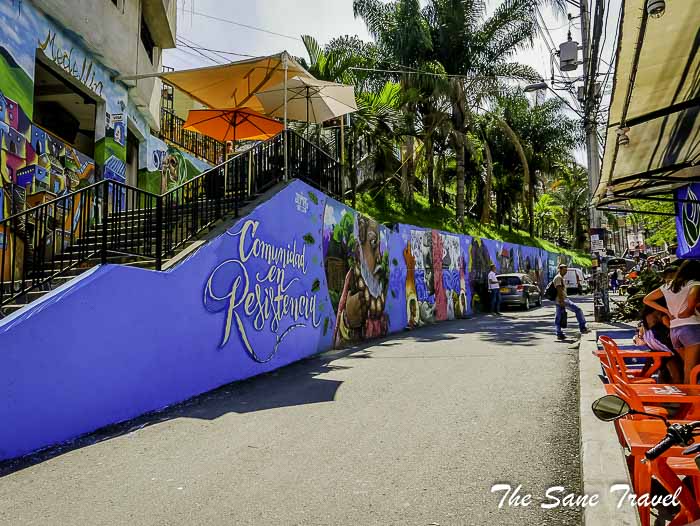
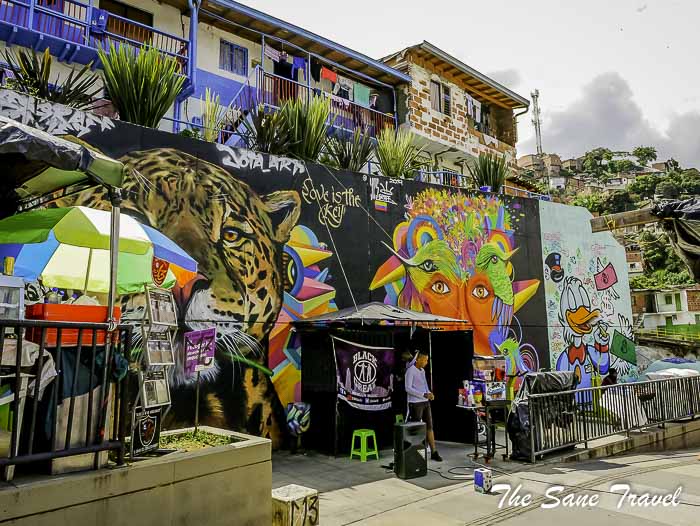
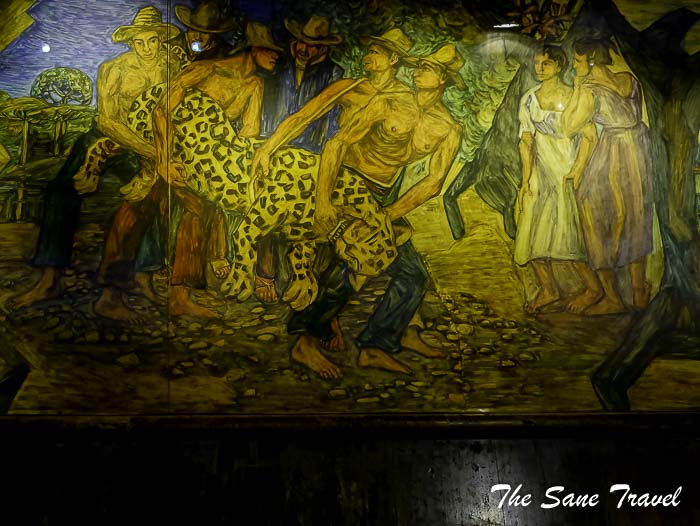
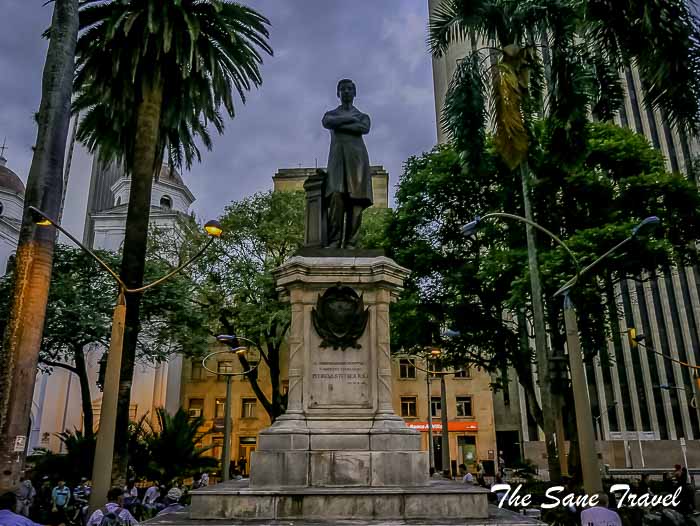
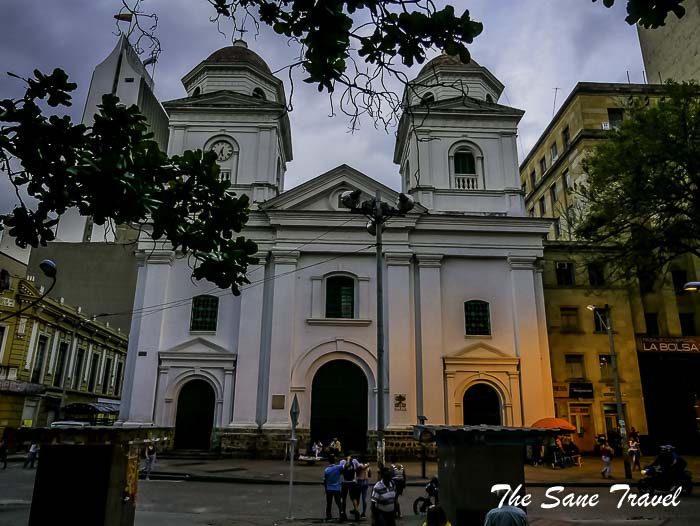
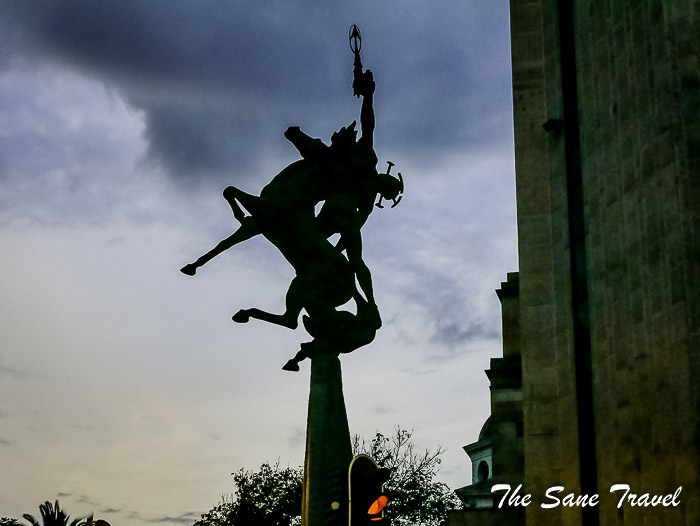
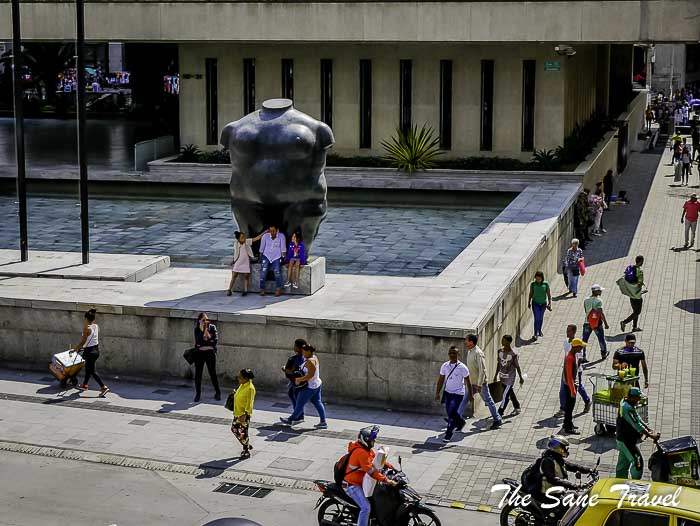
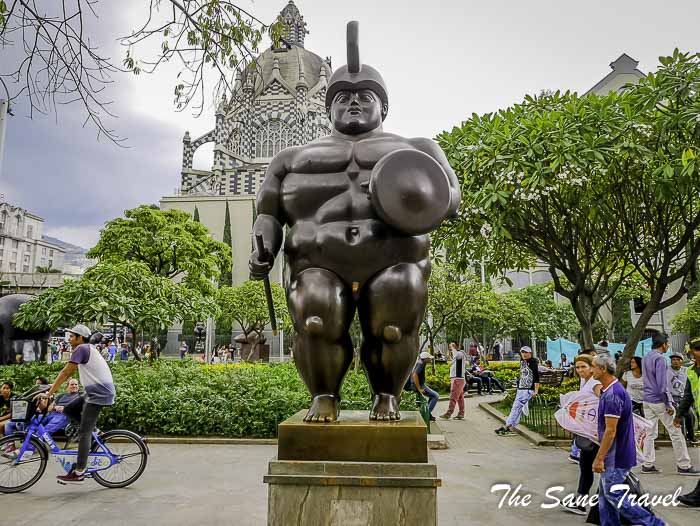
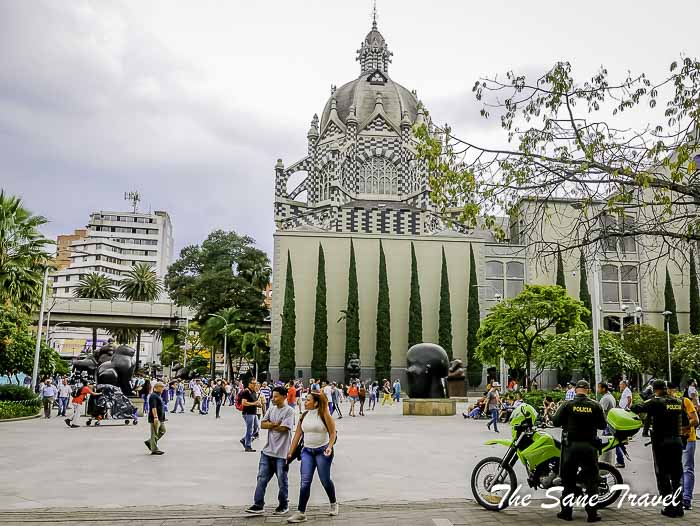
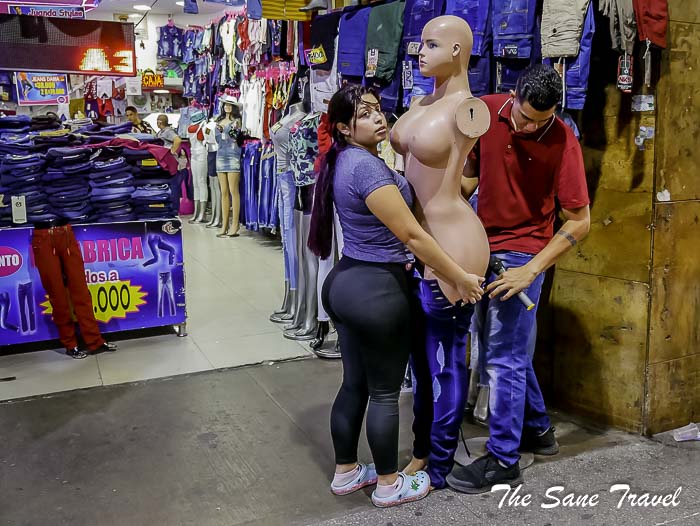
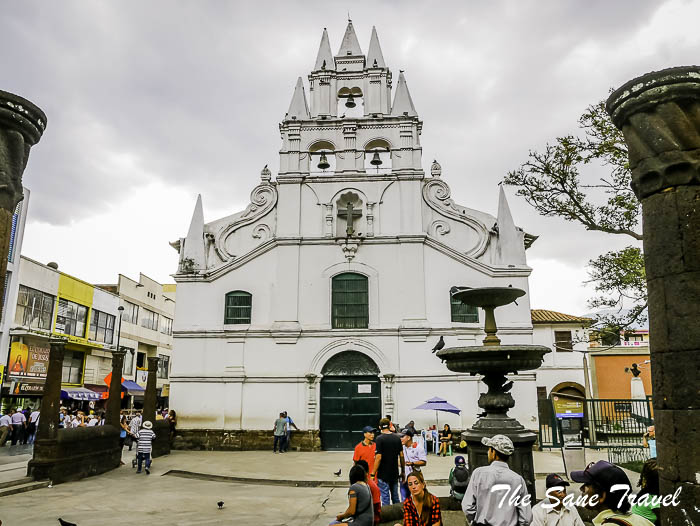

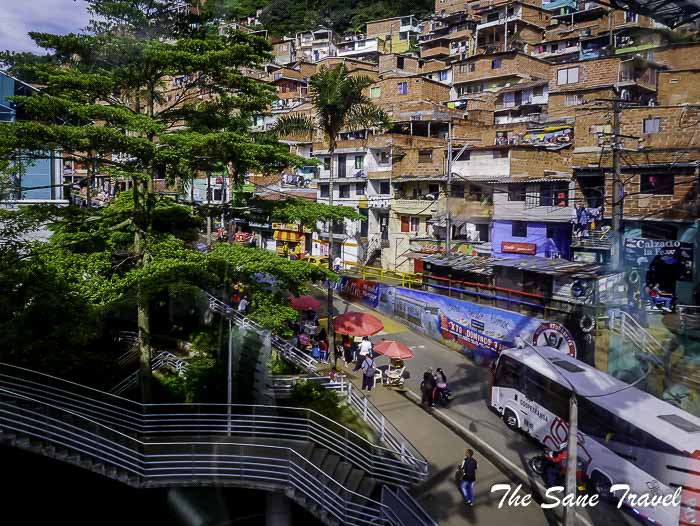
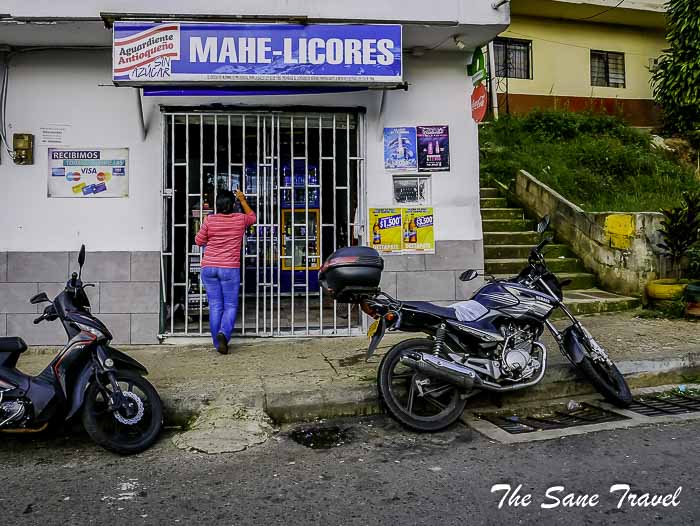
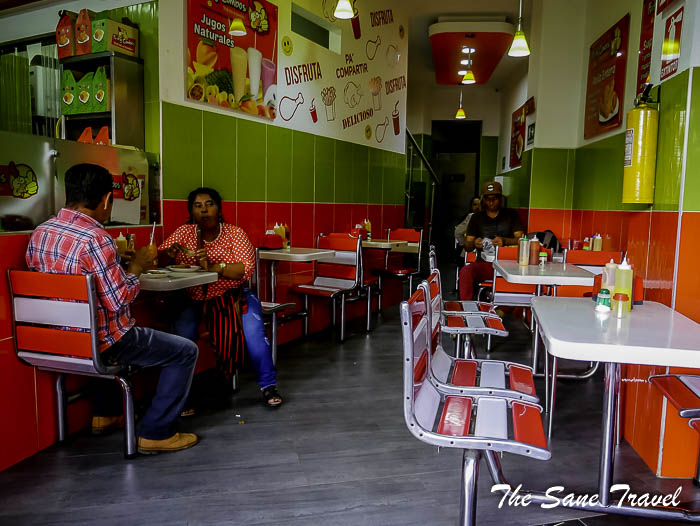
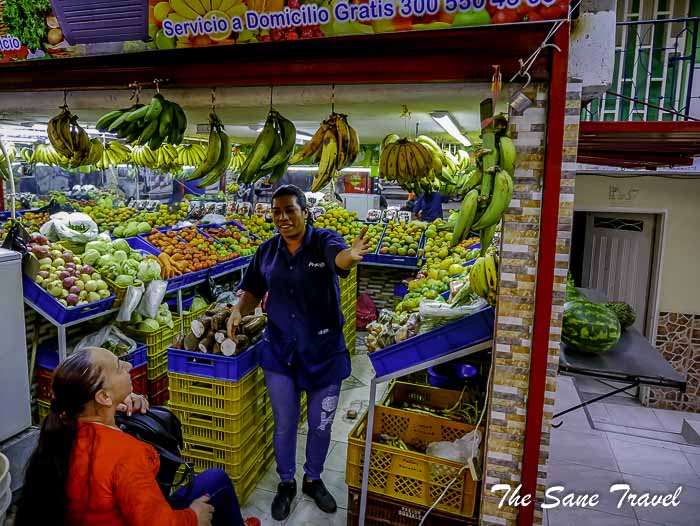
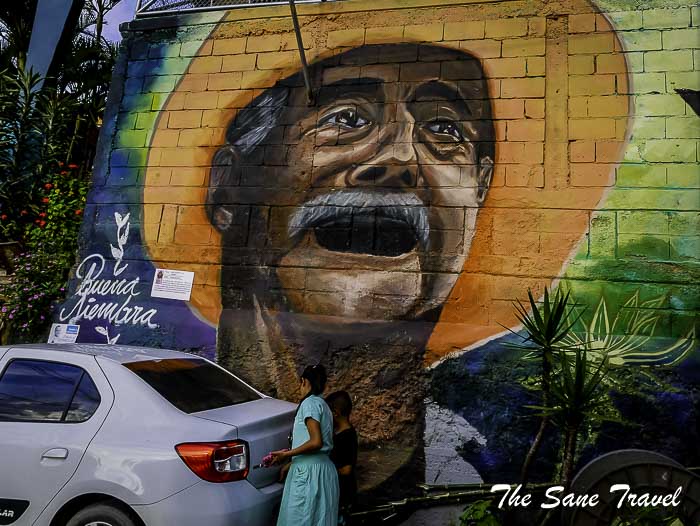
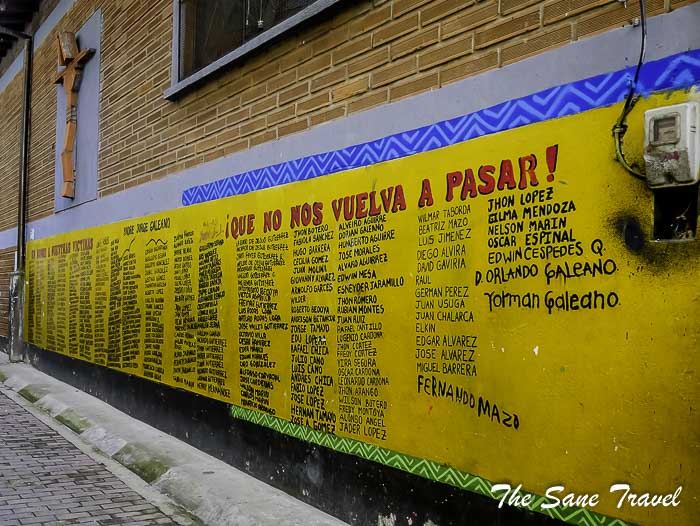
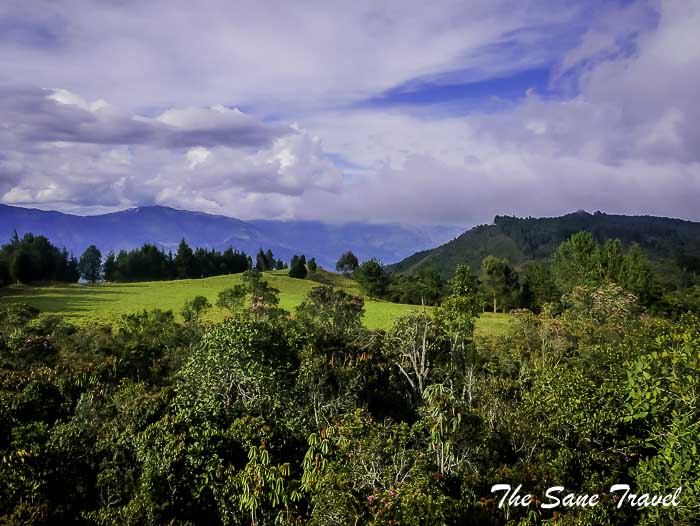

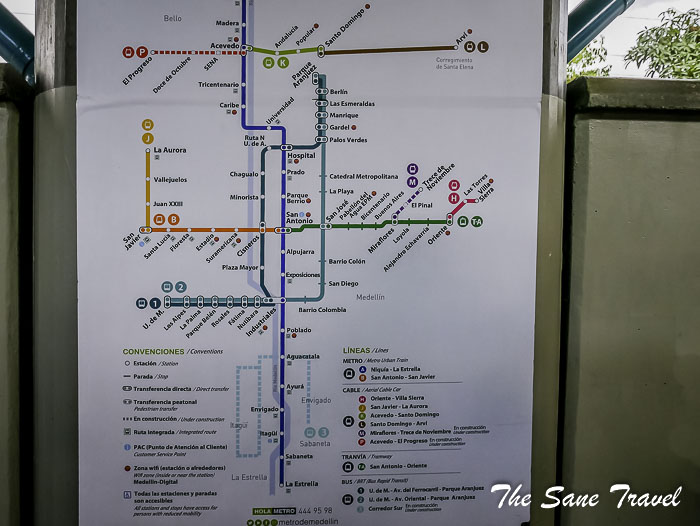
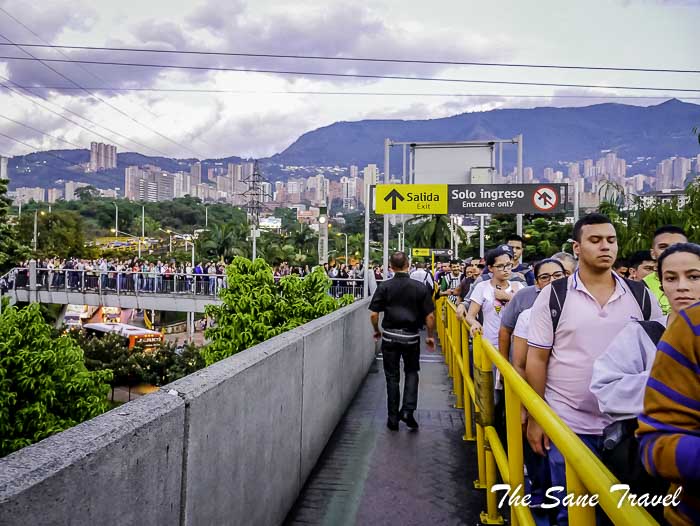
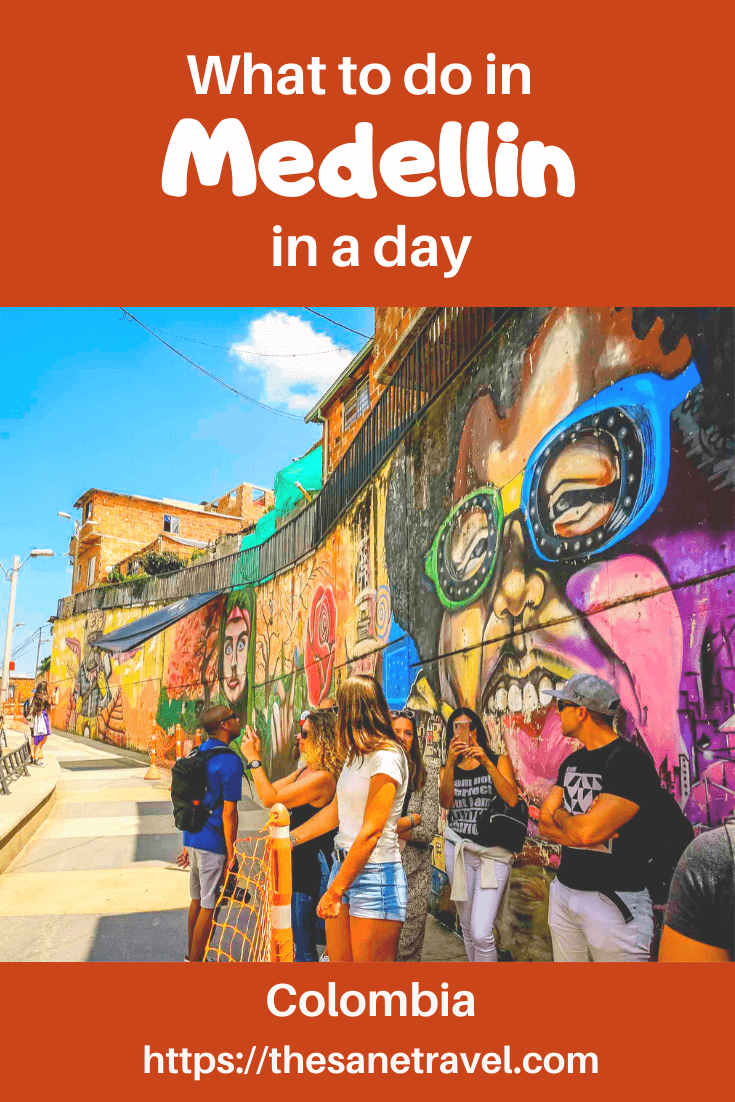


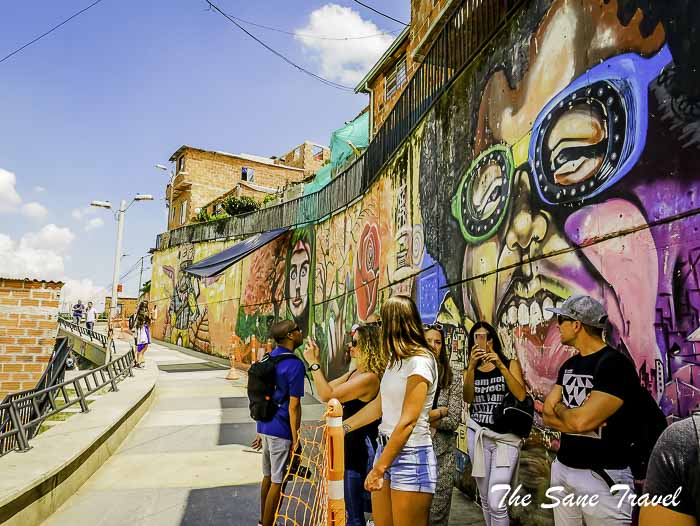
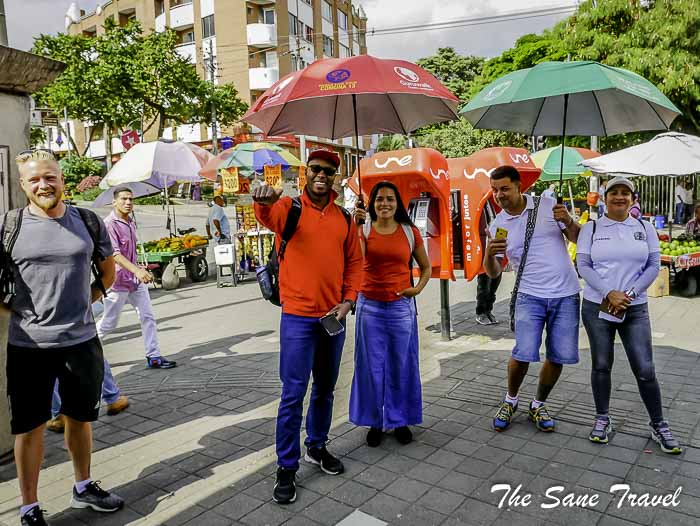
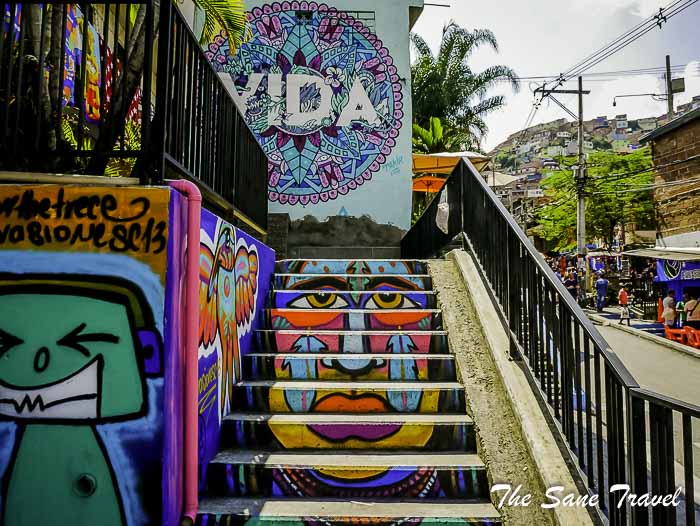
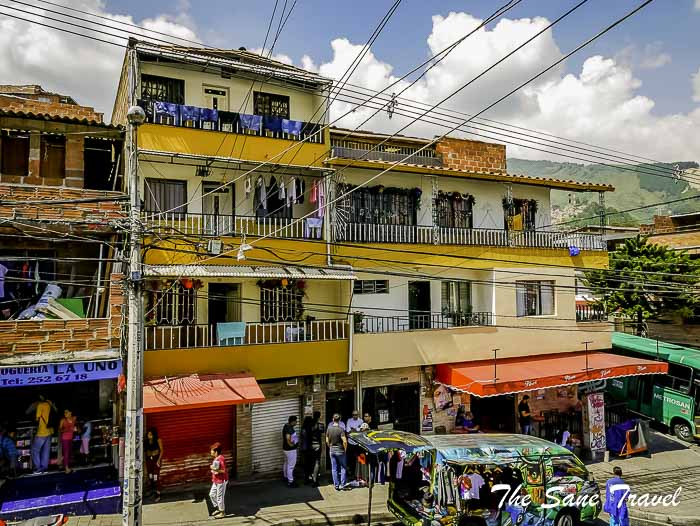
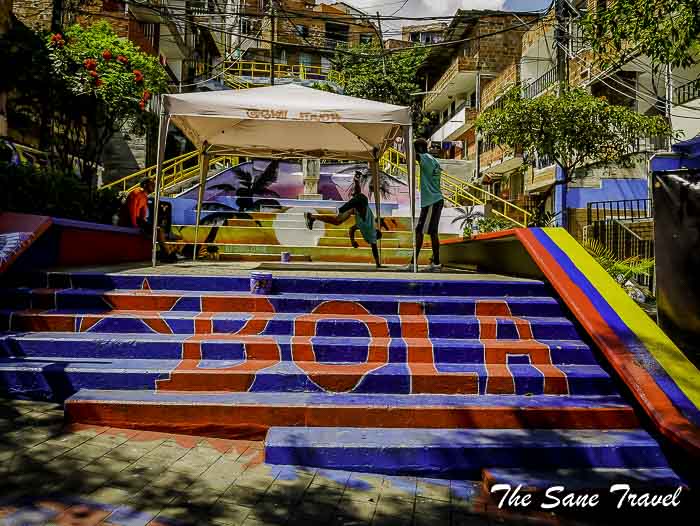
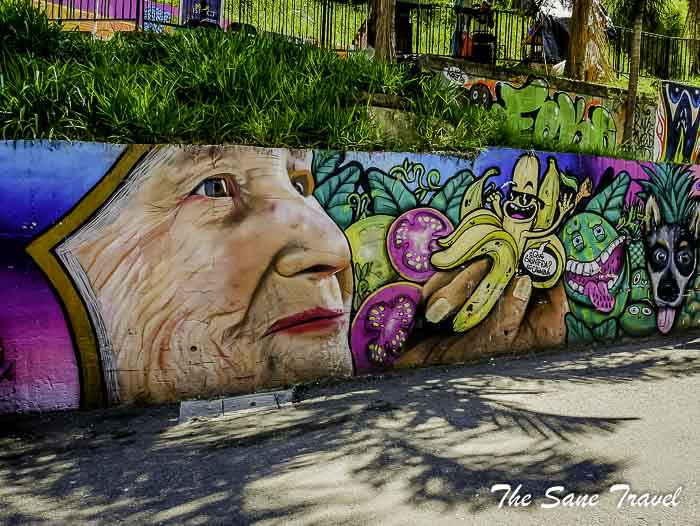
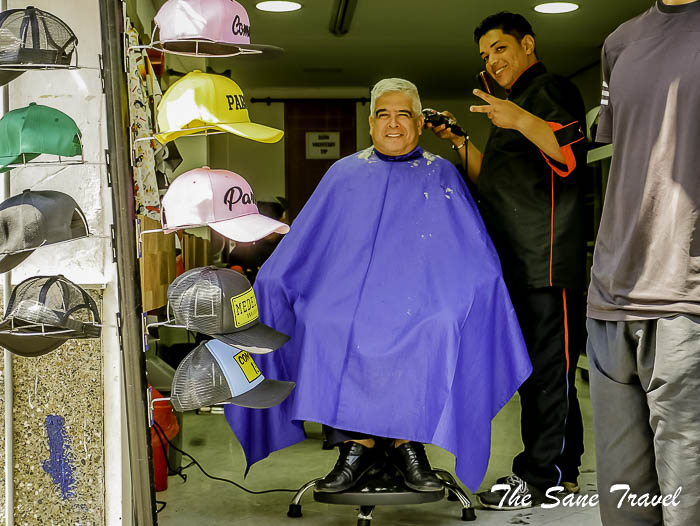
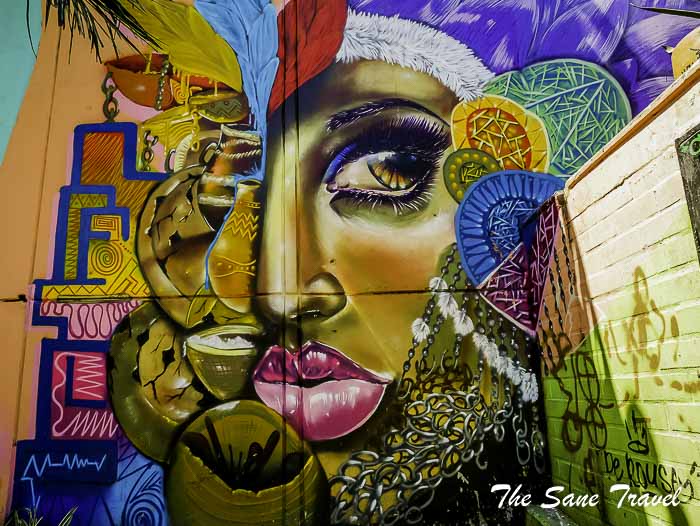
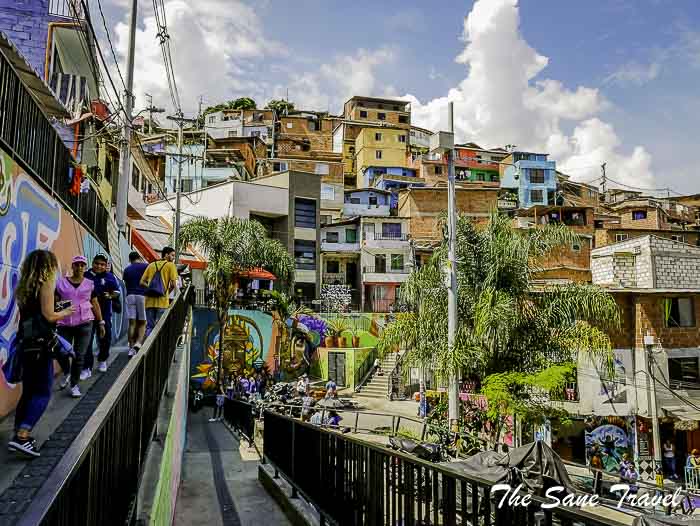
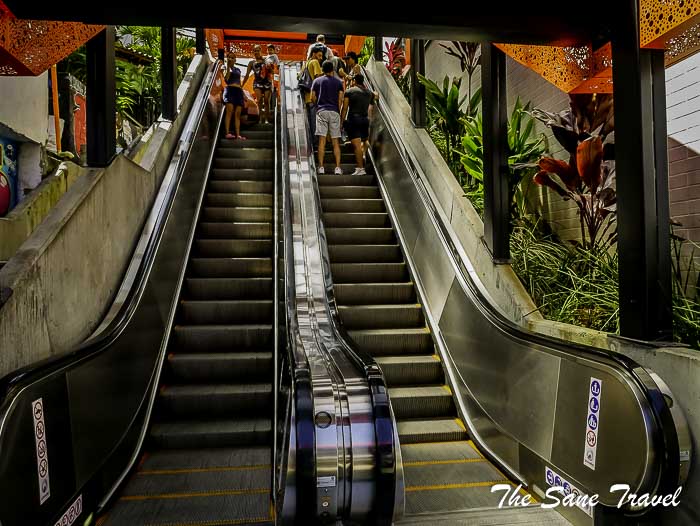
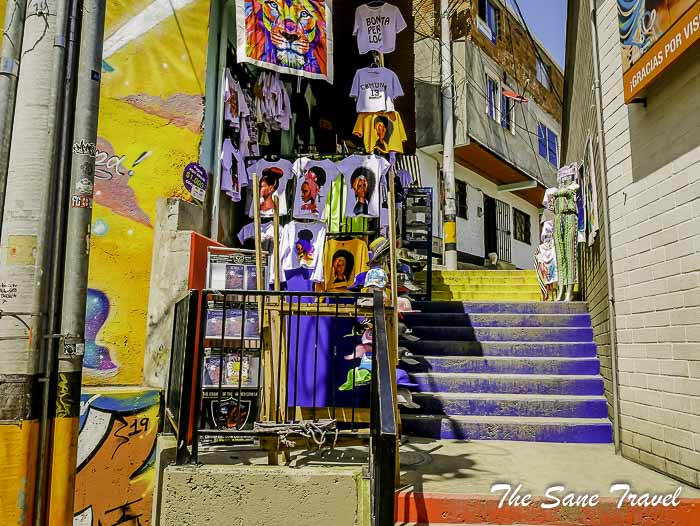
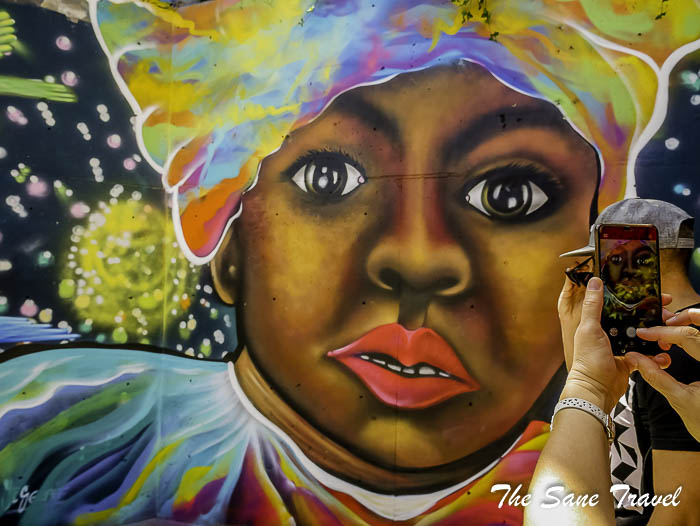
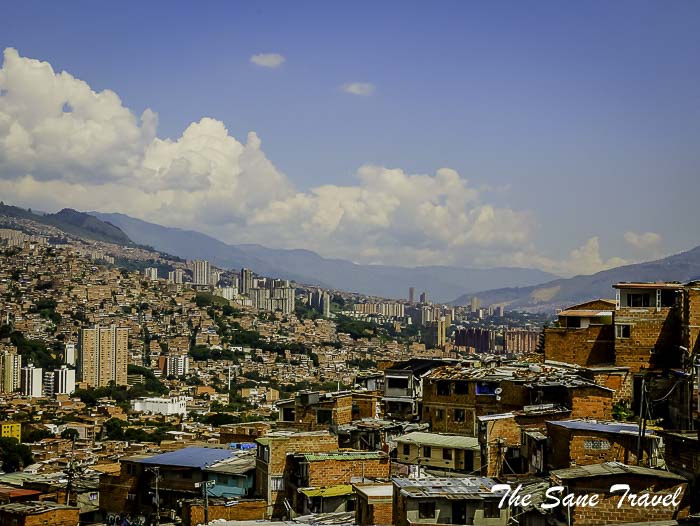
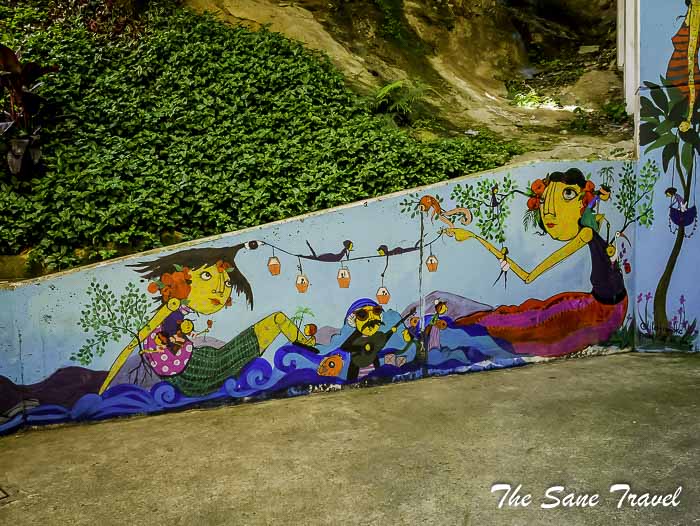
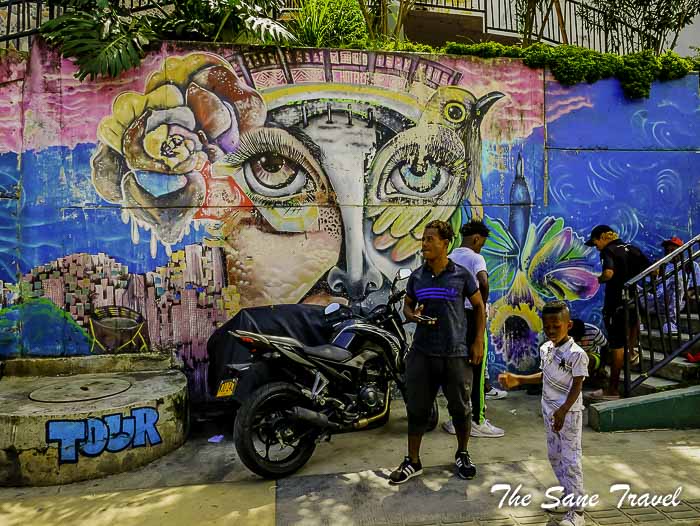
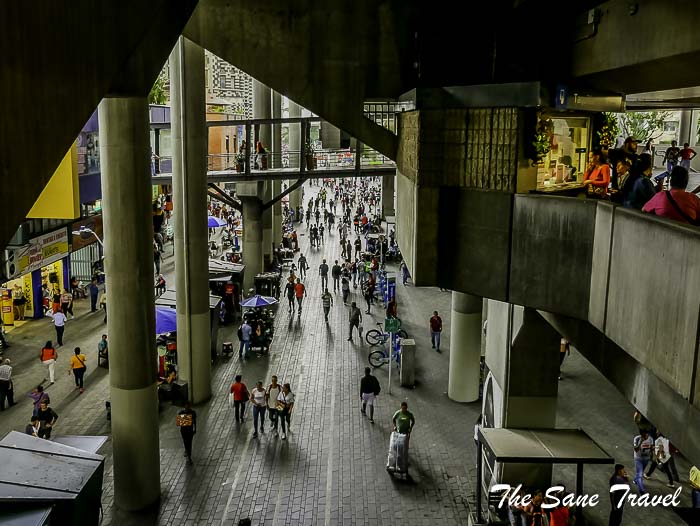
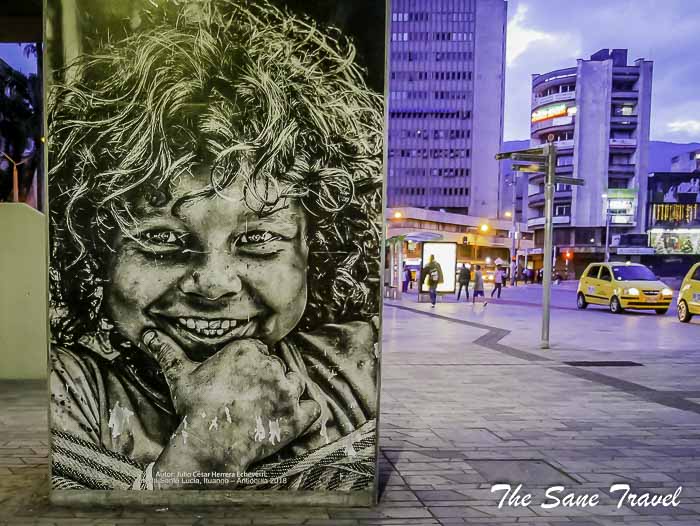
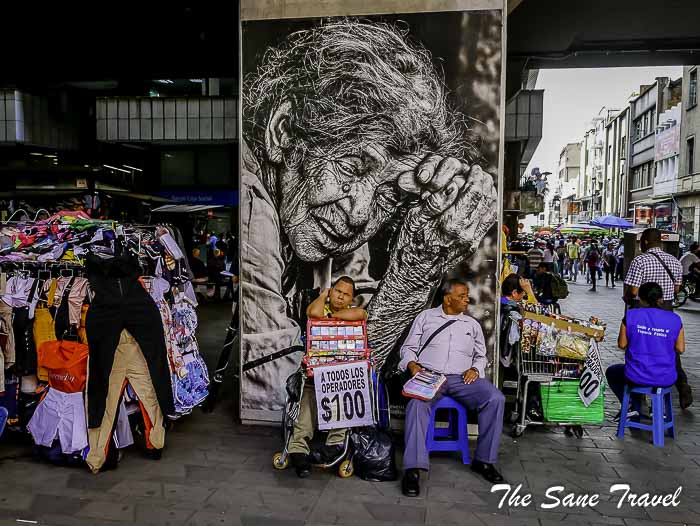
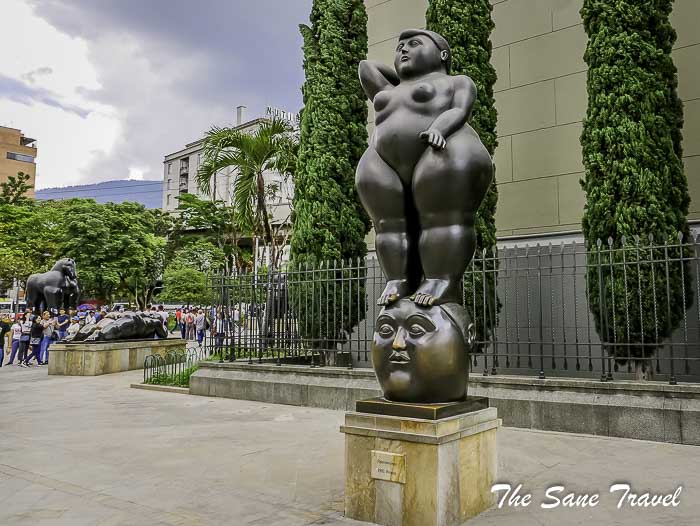
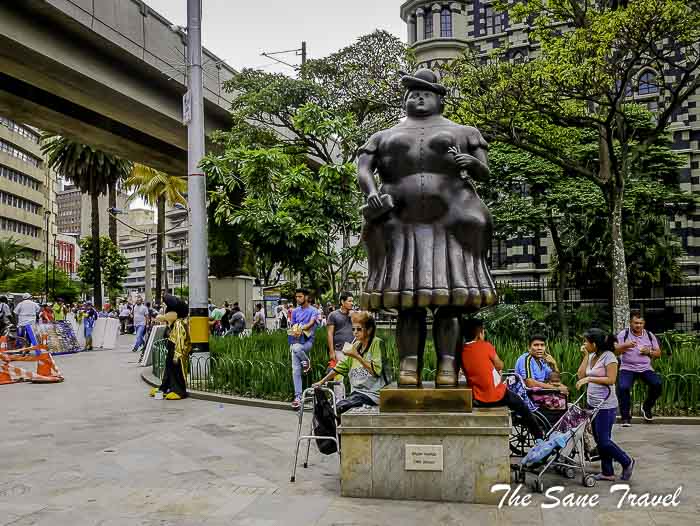
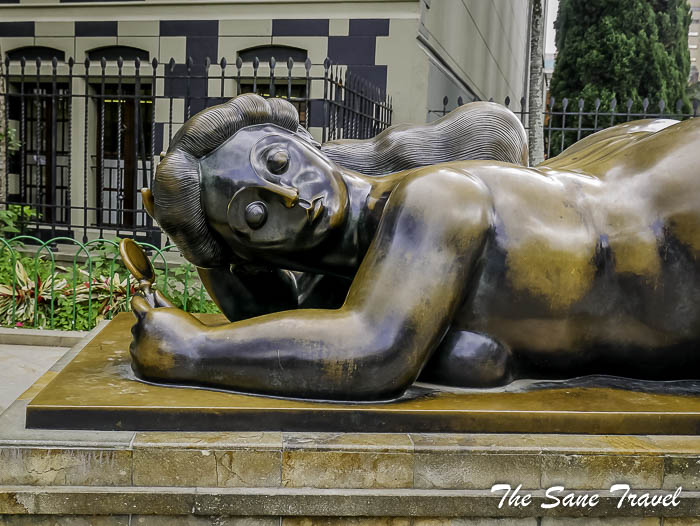
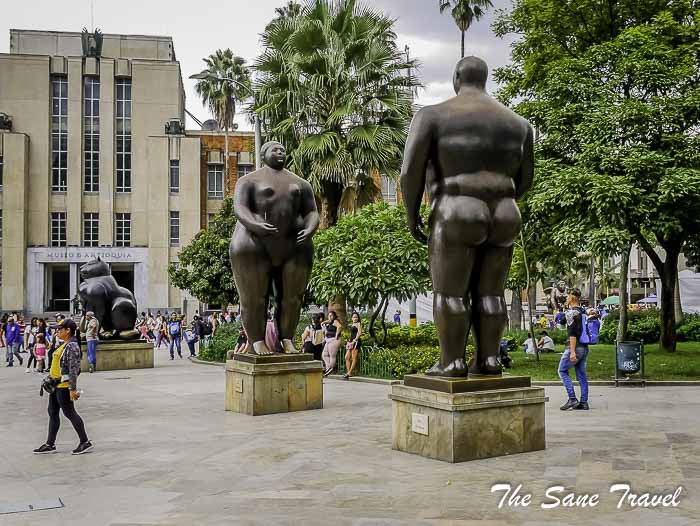
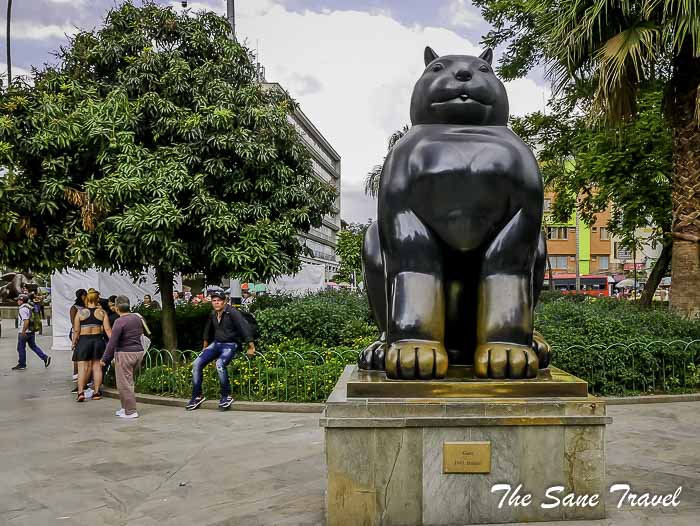
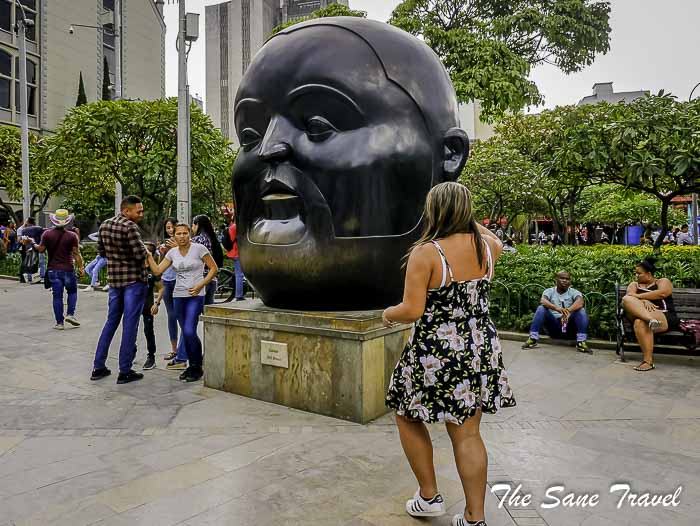
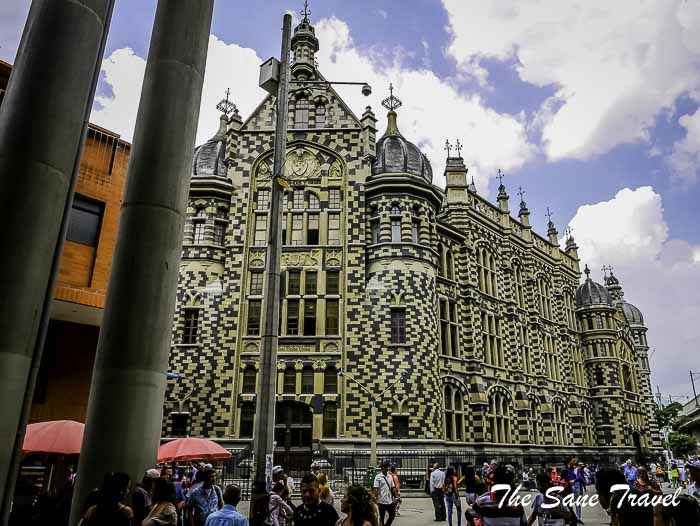
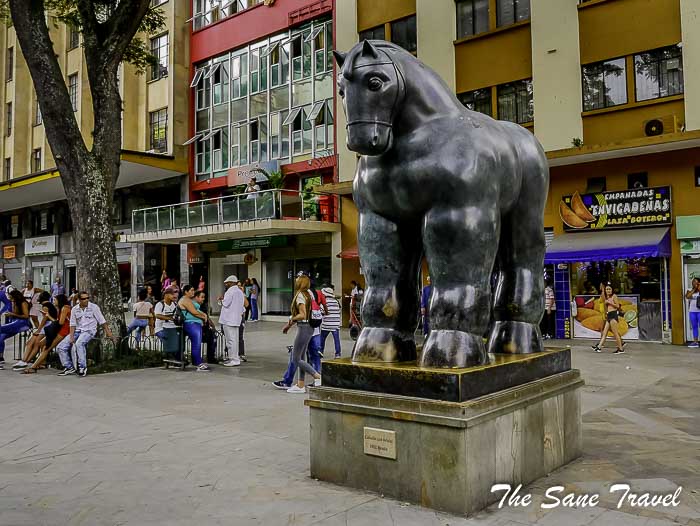
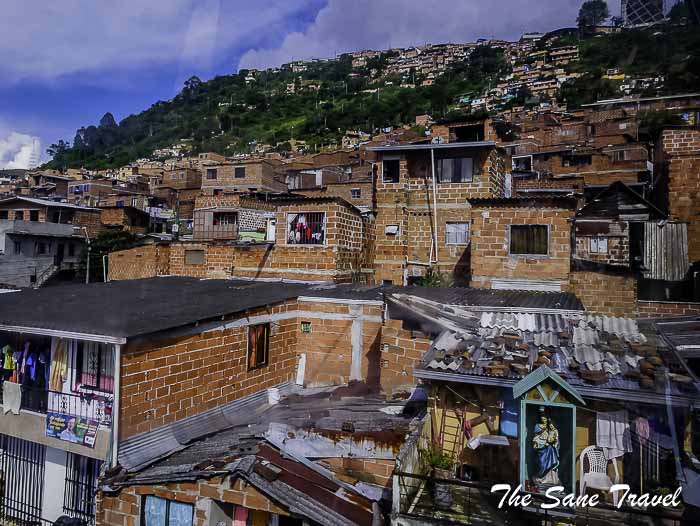
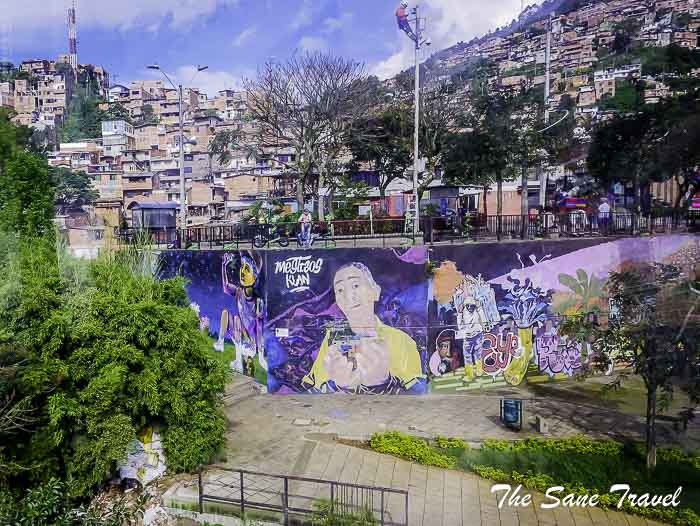
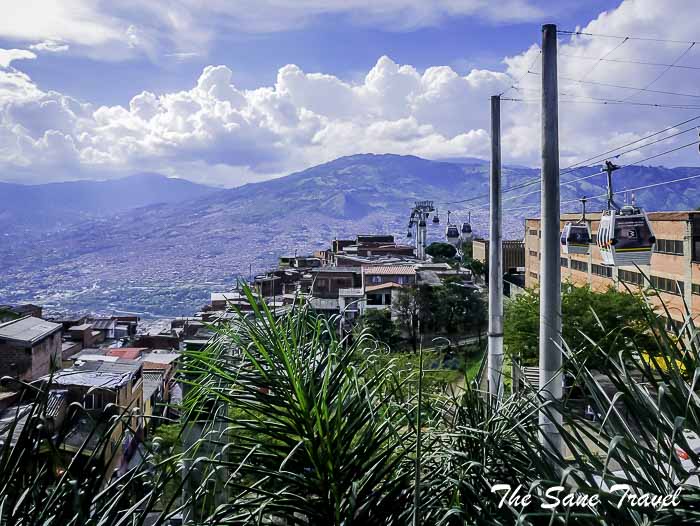
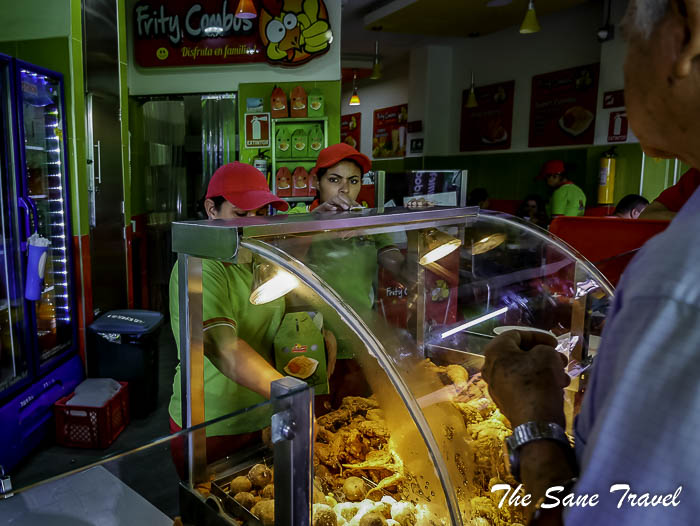
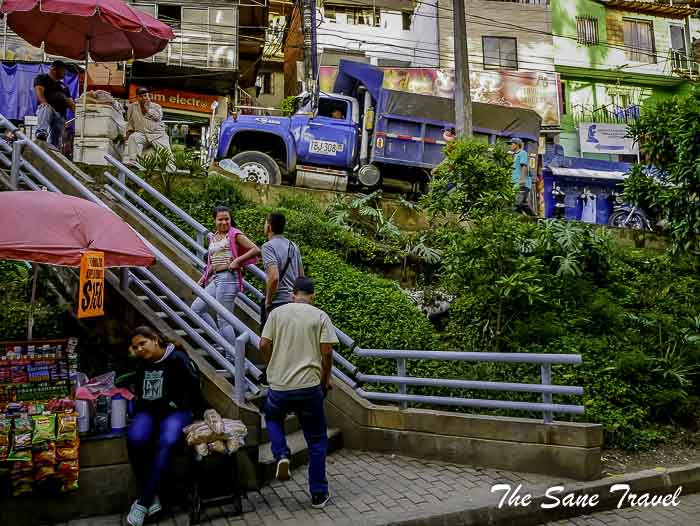
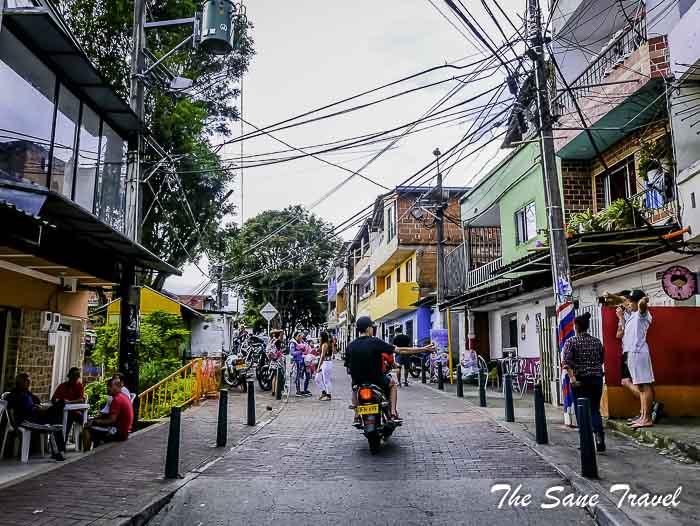
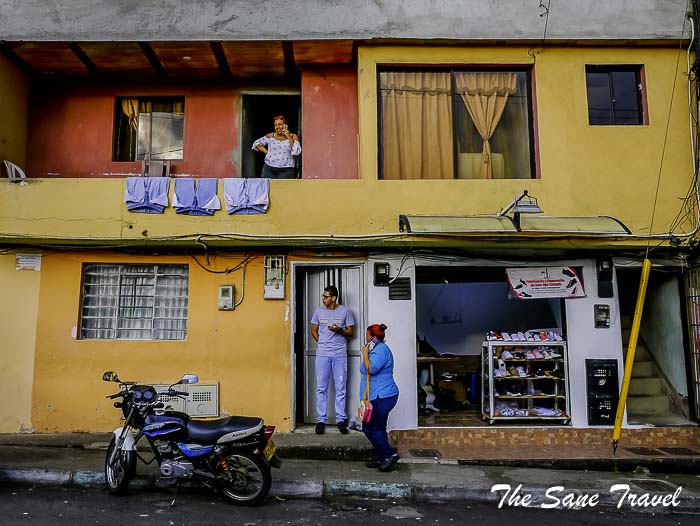
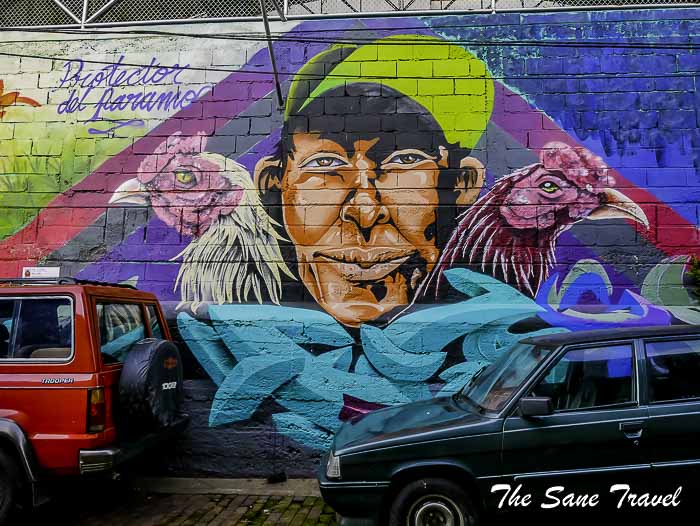
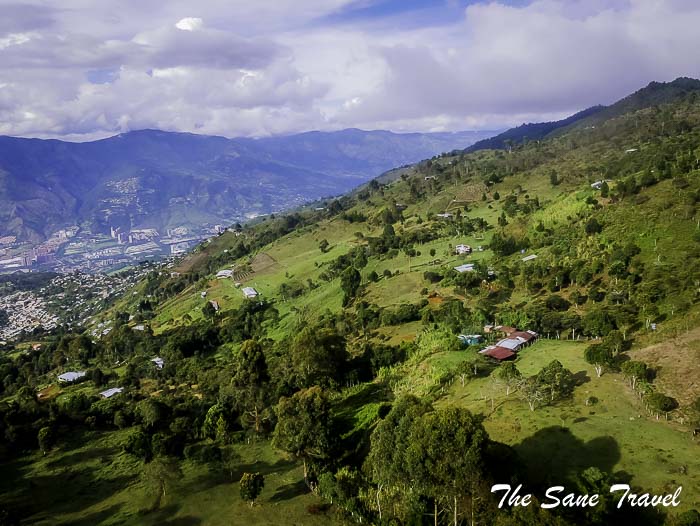
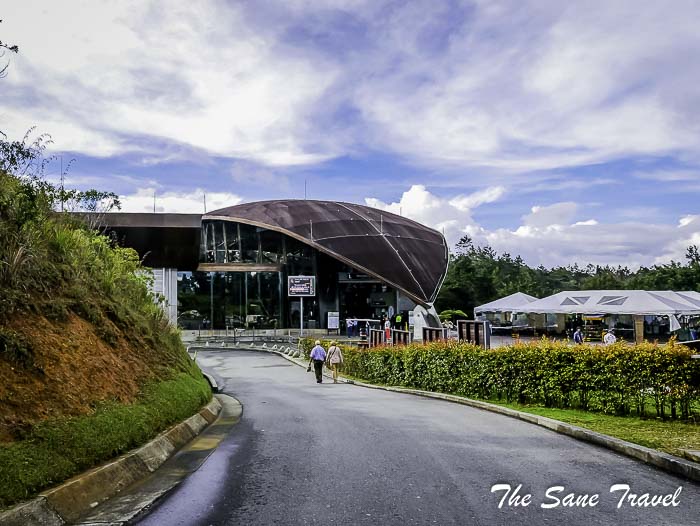



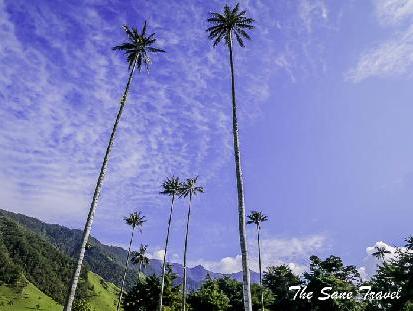




Report
My comments